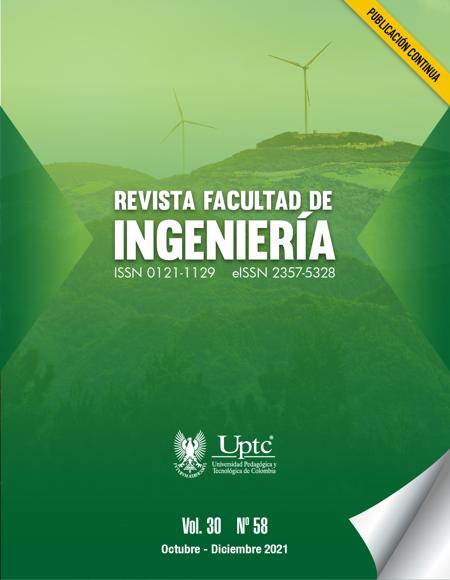Business Intelligence for the Programs of the Secretaries of Health, Education and Planning in a Territorial Entity

Abstract
Territorial entities in Colombia are bound by the law to register and report to different instances the control information of the government programs they administer. However, so much information is distributed on various state and owned platforms that the result is processed and generated in different formats. This situation makes the comprehensive management of territorial data difficult, since, although the information exists, it is isolated, and its analysis is carried out independently by each party responsible for the process. The objective of this research is the Implementation of a business intelligence model that allows integration and analysis of data from the programs of the Health, Education, and Planning ministries for a Territorial Entity. Ralph Kimball's methodology was used, implementing a star topology model in the Datamart using MySQL as a database manager, an ETL system was built with the Pentaho tool which allows the extraction, transformation, and loading of the data in the Datamart. The cubes, reports and Dashboard are obtained with the management of tools such as Pentaho and Power BI, thus it is possible to make a correct interpretation of the resulting information. After applying Business Intelligence, it is possible to generate an adequate analysis of the information, allowing decision-making and application of new strategies to solve specific problems using control panels, visualization of indicators and generation of reports.
Keywords
business intelligence, datamart, etl, Kimball methodology, territorial entity
Author Biography
Maria-Alejandra Varona-Taborda
Roles: Supervision, Formal Analysis, Investigation, Writing –Review and editing.
Jorge-Cesar Mosquera-Ramírez
Roles: Conceptualization, Methodology, Writing –Review and editing.
Diego-Fernando Lemus-Muñoz
Roles: Conceptualization, Methodology, Writing –Review and editing.
Carlos-Julián Muñoz-Hernandez
Roles: Conceptualization, Methodology, Writing –Review and editing.
Christian-Gustavo Arias-Iragorri
Roles: Supervision, Formal Analysis, Investigation, Writing –Review and editing.
References
- DNP Departamento Nacional de Planeación, Implementación de Big Data en Entidades Públicas, 2017. : https://www.dnp.gov.co/Paginas/El-96,7-de-las-entidades-p%C3%BAblicas-deben-adelantar-acciones-para-prepararse-en-la-implementaci%C3%B3n-de-Big-Data-.aspx
- W. Widianty, "Data Warehouse Design with Kimball Method: Case Study of Fahrenheit Manufacturing Systems," ComTech: Computer, Mathematics and Engineering Applications, vol. VI, no. 4, pp. 604-612, 2015. https://doi.org/10.21512/comtech.v6i4.2200 DOI: https://doi.org/10.21512/comtech.v6i4.2200
- C. H. Bolaños Martinez, I. F. A. Damián, H. F. Muñoz Muñoz, A. F. Negrete Gómez, M. A. Tunubalá Morales, C. G. Arias Iragorri, M. A. Varona Taborda, "Inteligencia de Negocios para el Análisis de la Accidentalidad Vial en la Ciudad de Popayán," Revista Ibérica de Sistemas e Tecnologias de Informação, no. E38, pp. 130-141, 2020.
- S. L. Morales Cardoso, Metodología para procesos de Inteligencia de Negocios con mejoras en la extracción y transformación de fuentes de datos, orientado a la toma de decisiones, Alicante, 2019
- J. M. Pacheco Casadiego, Metodología para elaborar el modelo conceptual de datos, Ediciones Universidad Cooperativa de Colombia, Bogotá, 2017 DOI: https://doi.org/10.16925/greylit.2365
- Y. Quispe Valero, “Desarrollo de una aplicación para la toma de decisiones en el proceso de adquisición utilizando Business Intelligence con la metodología Ralph Kimball en la Municipalidad Provincial de Lampa," Grade Thesis, Universidad Peruana Unión, Lima, Perú, 2018
- A. B. Farroñan Carranza, "Implementación de inteligencia de negocios con uso de la herramienta extracción, transformación y carga en las organizaciones para la toma de decisiones: una revisión sistemática," Universidad Católica Santo Toribio de Mogrovejo, Chiclayo, Perú, 2020